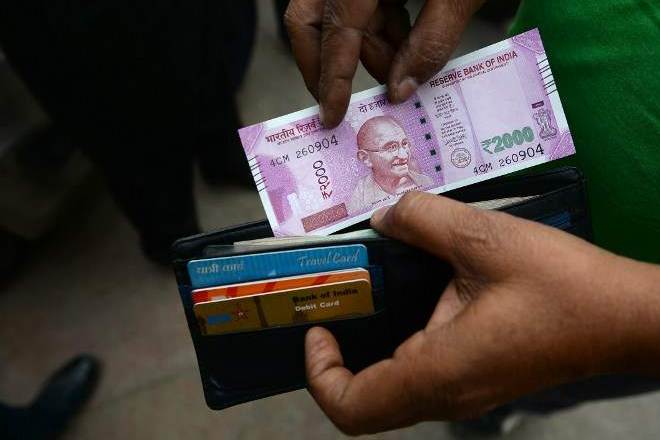The Indian rupee jumped 14 paise against the US dollar in the morning trades on Wednesday as the benchmark Sensex mounted another record high following the Q3 earnings optimism. The rupee gained as much as 14 paise at 63.64 vs the US dollar at the interbank foreign exchange market on Wednesday. The domestic currency opened marginally higher in today’s trade, up by 3 paise at 63.75 apiece US dollar. The Reserve Bank of India fixed the reference rate of the rupee at 63.7722 against the US dollar on Tuesday. Earlier yesterday, the rupee gained as much as 9 paise against the US dollar as Indian equities finish at record highs with the benchmark indices Sensex and Nifty breaching the psychological level of 36,000 and 11,000 respectively. The rupee added 9 paise to end at 63.78 apiece US dollar on Tuesday.
Indian stock markets started little higher in green following a minimal uptick in Sensex, but in a quick succession, the benchmark index jumped 128 points to hit a fresh record high. The 30-share barometer Sensex added as much as 128.21 points to hit an all-new lifetime high of 36,268.19 in the morning trades. A rise in heavyweight shares of companies such as HDFC, ITC, HDFC Bank, TCS, Maruti Suzuki, and SBI contributed the most to the extended rally of Sensex. Shares of large-cap companies such as Idea Cellular, Biocon, Canara Bank, Capital First, Container Corporation Of India, L&T Infotech, Mahindra & Mahindra Financial Services and Pidilite Industries will be in close watch ahead of their respective Q3 results.
In meantime yesterday, PM Modi became the first Indian prime minister to address the World Economic Forum (WEF) annual summit in two decades, talked about grave concerns facing the world, including terrorism and climate change. Prime Minister Narendra Modi’s maiden keynote speech in Davos at the World Economic Forum began with how the world has changed in the past two decades — from a time when tweeting was a job of birds to the age of big data and artificial intelligence — and gradually set the tone for India, as a leader, ready to roll out the red-carpet for the world to do business. While Narendra Modi’s objective of visiting the summit was to hard-sell reforms undertaken to make India an investment destination, his powerful words on three biggest threats of the world — climate change, terrorism, and protectionism — established the narrative that India, a developing nation, is on its way to lead the world.


